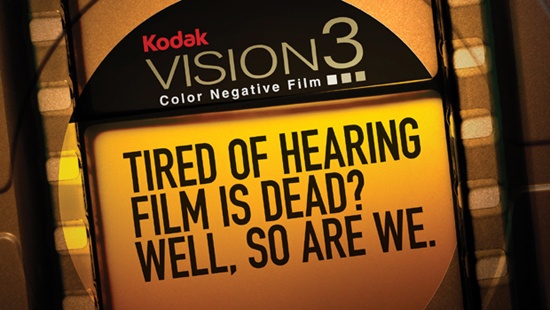
In the knowledge era, its all about your talent
I’ll never forget the moment as a young financial analyst when the light came on. In an epiphany, I realized that all these numbers in financial statements came from somewhere. Real things were going on someplace inside of a company where I couldn’t see, things that caused all those numbers to be what they were.
It was as if all I could see were the hands on the face of a Swiss watch, while behind them were a zillion little things working in concert to make those hands give me the time. I could see the hands move and hear the ticking, but the rest was a mystery. But in years since, it’s become abundantly clear. Those numbers for revenue and profit aren’t coming from the company’s technology, or fixed assets, or IP, or competitive advantage. They’re coming from people.

We are in the midst of a war for talent. If you weren’t aware of this, en garde. We are living in the knowledge era, and that means getting the best out of your knowledge workers if you are to survive and prosper. We need Navy Seals, not WW1 doughboys being sent over the top. Do a quick Google search for ‘war on talent’. McKinsey has been writing about it since at least 1998. You need to bone up.
All intellectual capital – the value of a company beyond the value of its tangible assets – can be traced back to the people that created it. As a result, the world’s largest companies are waging a war for talent. That doesn’t mean a price war where salaries are bid up. It’s about being better at acquiring talent, and then training and retaining that talent.
Internal human capital development is infinitely better than outside acquisition. That’s why talent acquisition and training are so big these days. A great culture, once built, is fairly resilient and resistant to change. It self-regulates. It prevents pathogens from getting in that would cause contamination. And if something nasty does get in, it surrounds it and attacks it and works to push it to the margin.
A great corporate culture is a huge competitive advantage once created. It is very difficult if not impossible to replicate. For PEGs and other acquirors, it is imperative to understand that when a company benchmarks well against peers, they should, as in medicine, practice the Hippocratic Oath: primum non nocere. First, do no harm.

Google, perhaps the most famous of all knowledge era companies, does not owe its success to superior technology. Dig deeper and you will see that its talent acquisition processes are finely honed to select for people that are creative producers. They’ve learned that GPA is irrelevant after the first few years out of college; 14% never even went. They find people that have done things that indicate that they have passion and creativity. Then they pool these people together and place them within buildings that are systematically designed to facilitate, if not cause, interaction between these bright, passionate people. The rest is just chemistry.

While Google’s talent acquisition methodologies work for them, research indicates that GPA is indeed an effective hiring criteria for private equity firms (and investment banks). The use of Excel, the ability to work through volumes of financial figures, the comfort with S.T.E.M., these are the stuff that new hires at PEGs are made of. Herein lies a problem.
PEGs regularly shy away from the acquisition of companies that rely on people. They say that these people-dependent companies have their capital come up the elevator every day and go back down every night. This is absolutely true. But that is the way it is at every company (especially PEGs and investment banks). The only difference is in how durable the output is that these people are producing, the half-life of the product. A long half-life of work output simply means a company that under-manages its people has a bit more time before the floor falls out from underneath them if they sit on their hands.
If you don’t have the talent to refresh these intangible assets, they become day-old bread. After all, a company’s intellectual capital – its enterprise value in excess of tangible asset value – is the result of the work of people done in the past. That is what creates class-A customer lists, positive brand image and patent portfolios. These are created over time, not overnight, and they were made by people. But without maintenance by people today, these are wasting assets. Think Palm Pilot, Blackberry, Nokia, Kodak, the list goes on.

Many PEGs eschew these icky people-management things. They don’t like them. They really don’t even care to understand them. After all, they are resistant to input into Excel. And they don’t have to use them internally. Their people are as uniform as peas in a pod and small in number. One good germ would wipe out the whole lot.
PEG employees (and investment bankers) are selected for – and trained – to use numbers as though the were disconnected from all the other numbers somehow, like if I could just change this figure or ratio, wow, look how much money we can make. What they don’t get is that sometimes the coefficients have coefficients. This isn’t guns or butter. Touch the wrong one and the entire formula changes.
An analyst or an MD at a PEG is far more inclined to ask for a price/volume report or a margin-by-product report, things that lend themselves to formulas. Their people were not selected for their ability to analyze the soft stuff, like how a company acquires, trains and retains its people, or what makes this culture tick. But these awkward human issues are where corporate value is truly created. These are the inner workings of the watch, the place where all those numbers come from.
